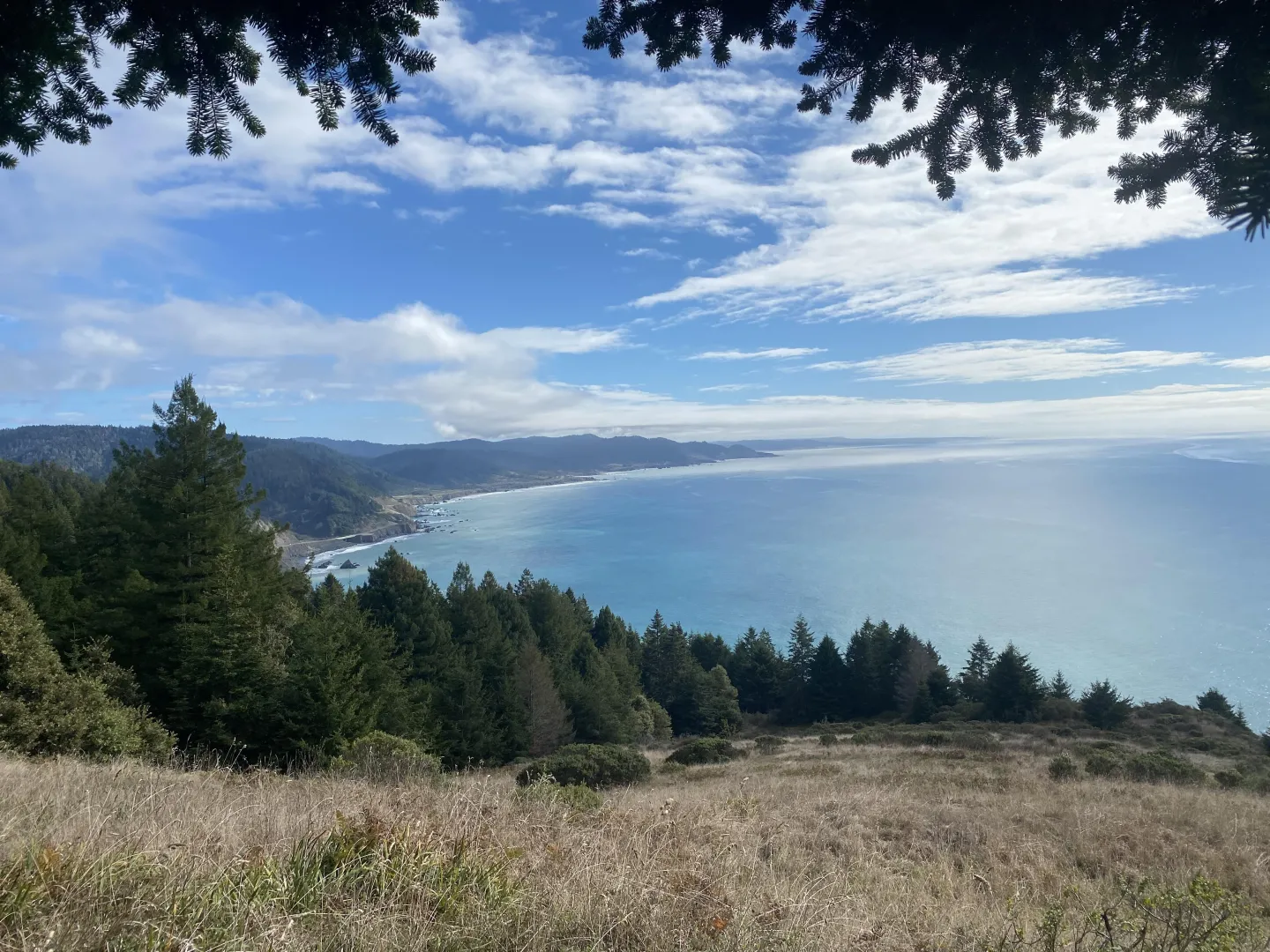Mendocino County

Our History

Mendocino County has a rich and varied past, and the people here feel a strong connection to their history. For thousands of years Pomo, Yuki, Cahto, Wailaki, and other Indigenous peoples were nurtured by the natural resources of the forests, mountains, rivers and ocean.
In the 1800s, explorers and settlers began to arrive from Russia, China and Europe. Inland, the valleys hosted the northernmost Mexican ranchos. After the gold rush of 49, many would-be miners also established ranches inland. Today, cowboys celebrate their way of life at California’s Oldest Continuous Rodeo in Willits every Fourth of July.
Lumberjacks came from New England and timber drove the County’s economy for many years. The fishing industry grew and still plays a vital part in Mendocino County.
Italians and Greeks moved north from San Francisco and found the ideal climate for growing wine grapes, fruit and olives. Our County still benefits from their bounty and organic grape growing and winemaking techniques, making Mendocino County America’s Greenest Wine Region (TM).
(Thank You ‘Visit Mendocino County’ http://visitmendocino.com ) for the use of this information.
Contribute for a Better Future
Upcoming Events
UC Cooperative Extension Mendocino 2025 John Harper Sheep Shearing Sc…
UC Cooperative Extension Mendocino 2025 John Harper Wool Classing Sch…
UCCE Sonoma Sharpshooter and Leafhopper ID Workshop
Mediterranean Oak Borer & Other Pests of California Oaks
Office Locations
UCCE Mendocino
890 North Bush Street
Ukiah, CA 95482
United States
John M Harper

Michael I Jones

Kaleigh McEntee
Glenn T Mcgourty

Michelle A Stout
Alexandra Sung-Jereczek

Jacki Zediker






























